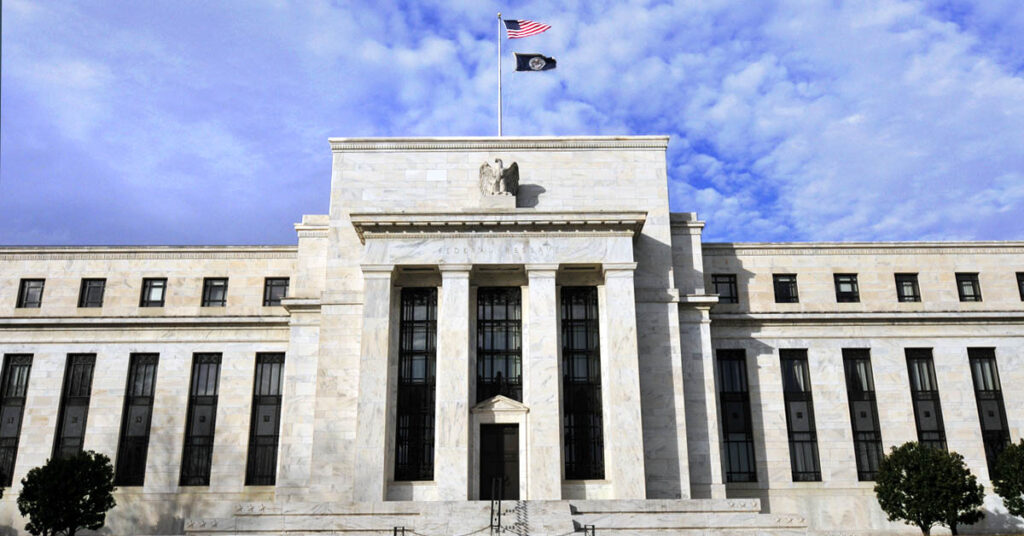Even as the U.S. economy continues to trend downward, the labor market has shown in resilience and nonfarm employers added 223,000 new jobs in December.
That’s according to the most recent employment figures from the Bureau of Labor Statistics, which also revealed that the unemployment rate ebbed to 3.5%. The headline figure of new jobs added is solid, although gains cooled from October’s downwardly revised figure of 263,000 and November’s similarly amended figure of 256,000. Indeed, the 223,000 jobs added in December were the fewest since the same month in 2020, when a new wave of COVID-19 cases had a negative effect on hiring.
Still, with December employment gains handily beating economists’ projections of about 202,000 additions, the labor picture painted by the newest report is a strong one. Full-year job additions, in fact, total some 4.5 million for 2022 (barring revisions) — a total which, if it holds, would be the second highest on record going back to 1939.
Job gains of note occurred in leisure and hospitality sector, which added 67,000 new jobs; health care, which added 55,000; and construction, which grew by 28,000 new jobs.
The last figure is of particular note to the reeling real estate sector. Diving deeper, residential building construction employment grew by 0.3% month over month and is now up 8.3% when compared with pre-pandemic levels. Notably, construction employment rose by an average of 19,000 jobs per month last year, up from 16,000 per month in 2021.
“So, how is this interest rate-sensitive sector gaining jobs amidst Fed tightening and a slow housing market?” said Odeta Kushi, deputy chief economist at First American Financial Corp. “There are lots of homes under construction and you need more hammers at work to build more homes.
“But the slowdown in single-family homebuilding will likely stall future growth in residential building jobs.”
Wage growth is another number for real estate stakeholders to watch in the jobs report. This figure eased in December. Average hourly earnings were up 0.3% in December and grew at an annualized rate of 4.1% in fourth-quarter 2022. That’s likely still too high for comfort in the eyes of the Federal Reserve, but cooling wage growth coupled with a still robust although softening labor market are music to the central bank’s ears.
“This report reflects a slowing but still very strong labor market,” Kushi said. “The Federal Reserve will be glad to see slowing wage growth, and job growth is giving more hope for a soft landing.”
“For the Fed, while there is good news on the inflation front – signs of deceleration in goods inflation and evidence that housing has peaked – the narrative around inflation has shifted to wages and the labor market. The supply-and-demand imbalance in the labor markets implies continued upward pressure on wages. The Fed will be watching for this gap to narrow and for the labor market to soften.”








